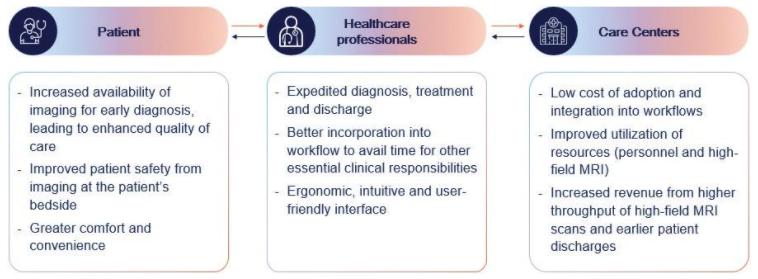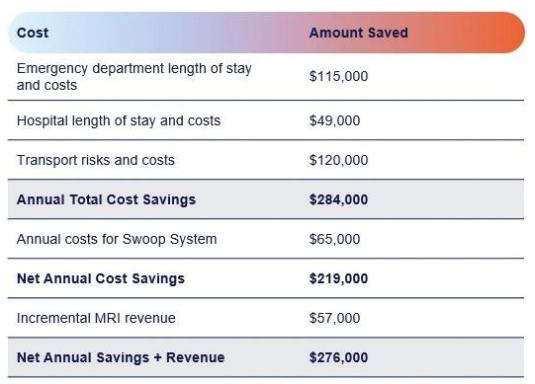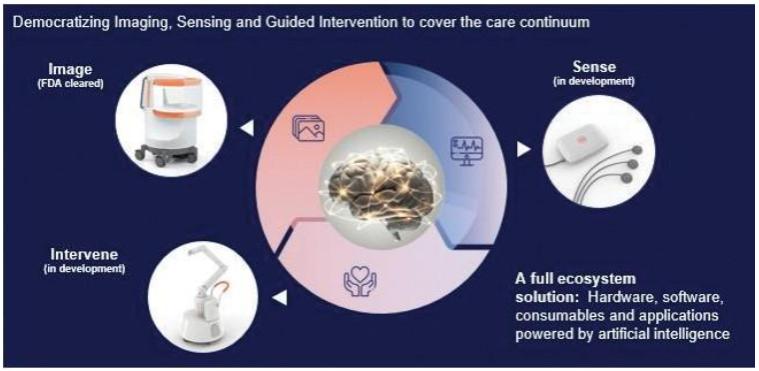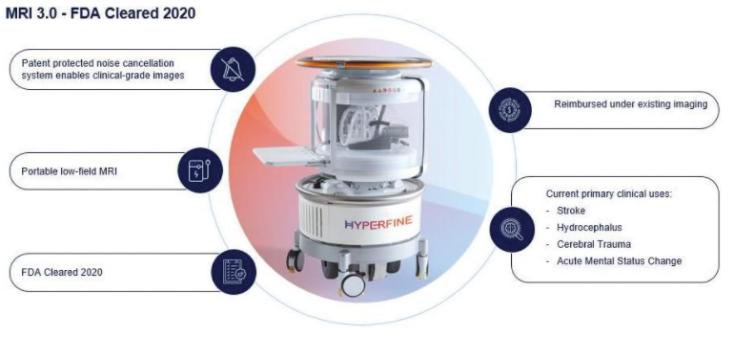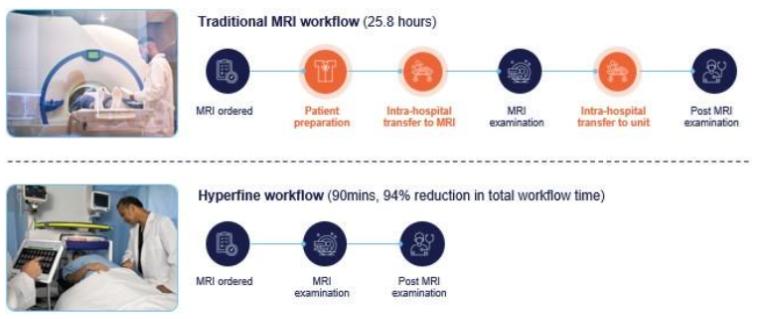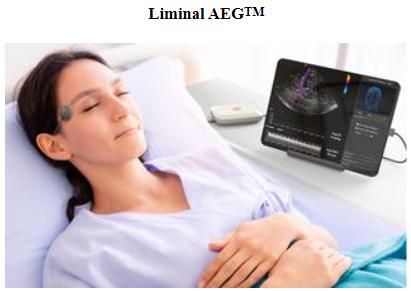The information in this preliminary prospectus is not complete and may be changed. Neither we nor the selling securityholders may sell these securities until the registration statement filed with the Securities and Exchange Commission becomes effective. This preliminary prospectus is not an offer to sell these securities and it is not soliciting an offer to buy these securities in any state or other jurisdiction where the offer or sale is not permitted.
SUBJECT TO COMPLETION, DATED JANUARY 21, 2022
PRELIMINARY PROSPECTUS

HYPERFINE, INC.
Up to 42,263,946 Shares of Class A Common Stock
Up to 15,055,288 Shares of Class B Common Stock
This prospectus relates to the resale from time to time by the Selling Securityholders named in this prospectus (the “Selling Securityholders”) of up to (i) 5,025,000 shares of Class A common stock, par value $0.0001 per share (“Class A common stock”), held by the sponsor of our predecessor company, HealthCor Catalio Acquisition Corp., a Delaware corporation (“HealthCor”), HC Sponsor LLC (the “Sponsor”), and certain of its transferees (the “Founder Shares”), (ii) 12,610,000 shares of Class A common stock issued in the PIPE Investment (as defined below), (iii) 23,714,946 shares of Class A common stock issued to our directors, officers and affiliates and the directors, officers and affiliates of Legacy Hyperfine (as defined below) pursuant to the Business Combination Agreement (as defined below), including shares of Class A common stock that may be issued upon the exercise of stock options (the “Options”) and the vesting of restricted stock units or upon the conversion of Class B common stock, par value $0.0001 per share (“Class B common stock”), (iv) 614,000 shares of Class A common stock issued in the Private Placement (as defined below), (v) 300,000 shares issued following the closing of the Business Combination (as defined below) in lieu of $3.0 million of deferred underwriting compensation payable to the sole bookrunning manager of HealthCor’s initial public offering (the “Letter Agreement Shares”), and (vi) 15,055,288 shares of Class B common stock issued pursuant to the Business Combination Agreement.
This prospectus provides you with a general description of such securities and the general manner in which we and the Selling Securityholders may offer or sell the securities. More specific terms of any securities that we and the Selling Securityholders may offer or sell may be provided in a prospectus supplement that describes, among other things, the specific amounts and prices of the securities being offered and the terms of the offering. The prospectus supplement may also add, update or change information contained in this prospectus.
We will not receive any proceeds from the sale of shares of Class A common stock or shares of Class B common stock by the Selling Securityholders, except with respect to amounts received by us upon exercise of the Options.
However, we will pay the expenses, other than any underwriting discounts and commissions, associated with the sale of securities pursuant to this prospectus.
We are registering the securities for resale pursuant to the Selling Securityholders’ registration rights under certain agreements between us and the Selling Securityholders. Our registration of the securities covered by this prospectus does not mean that either we or the Selling Securityholders will issue, offer or sell, as applicable, any of the securities. The Selling Securityholders may offer and sell the securities covered by this prospectus in a number of different ways and at varying prices. We provide more information about how the Selling Securityholders may sell the shares in the section entitled “Plan of Distribution.”
You should read this prospectus and any prospectus supplement or amendment carefully before you invest in our securities.
Our Class A common stock is listed on Nasdaq under the symbol “HYPR”. On January 20, 2022, the closing price of our Class A common stock was $5.00.
Investing in our securities involves a high degree of risk. See “Risk Factors” beginning on page 12 of this prospectus and in the other documents that are incorporated by reference in this prospectus.
Neither the Securities and Exchange Commission nor any state securities commission has approved or disapproved of these securities or determined if this prospectus is truthful or complete. Any representation to the contrary is a criminal offense.
The date of this prospectus is , 2022.
